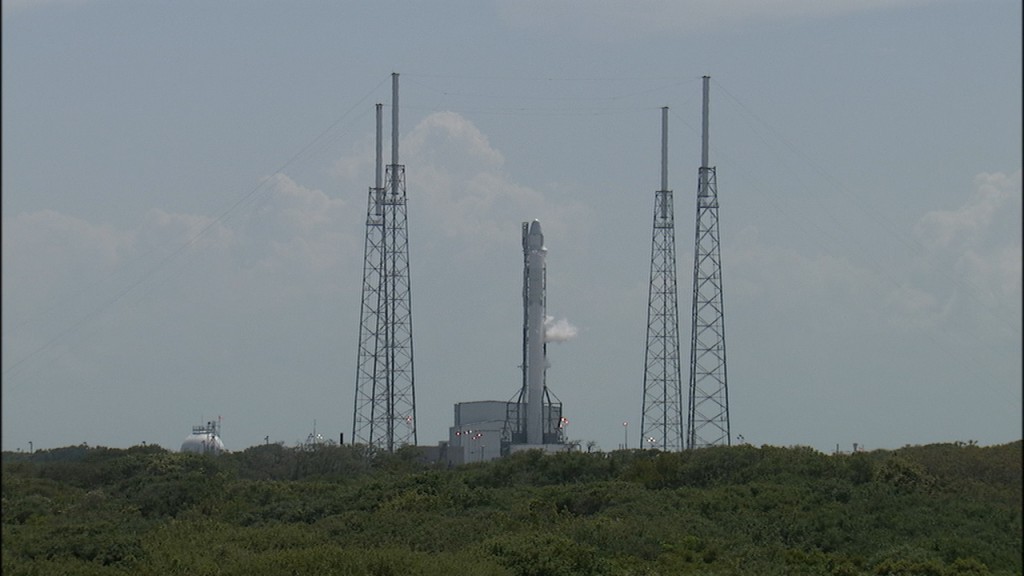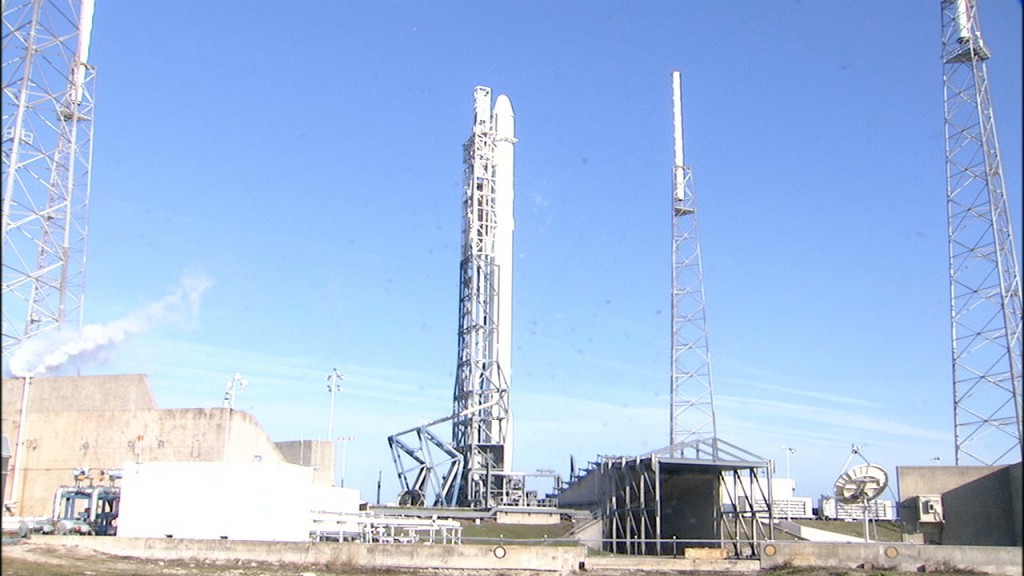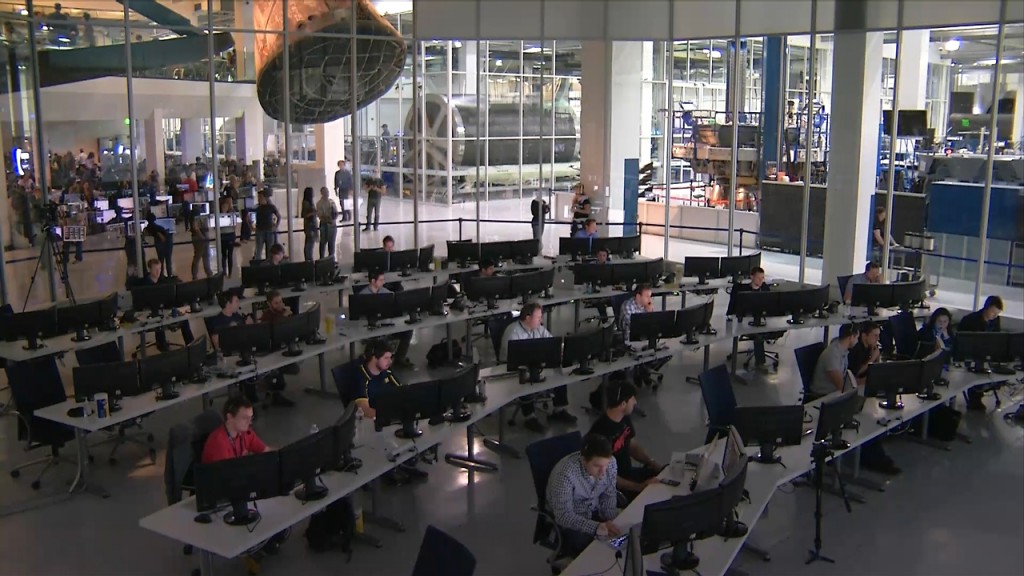
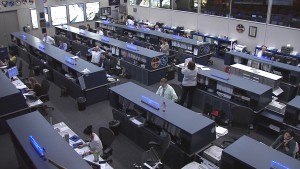
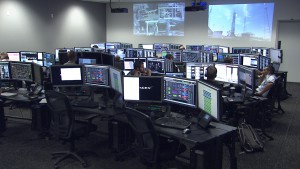 SpaceX is running today’s CRS-6 launch and ascent into orbit from the company’s headquarters in Hawthorne, California, top, and with a launch team at Cape Canaveral, bottom.
SpaceX is running today’s CRS-6 launch and ascent into orbit from the company’s headquarters in Hawthorne, California, top, and with a launch team at Cape Canaveral, bottom.
NASA is also overseeing the mission from the International Space Station control room at Mission Control in Houston, Texas.
All the teams work closely together throughout the countdown and during the climb into orbit. SpaceX and NASA also work together for the all-important capture and berthing two days after launch when the Dragon nears the station so the astronauts there can grab it with the robotic arm and move it to a docking port on the station.

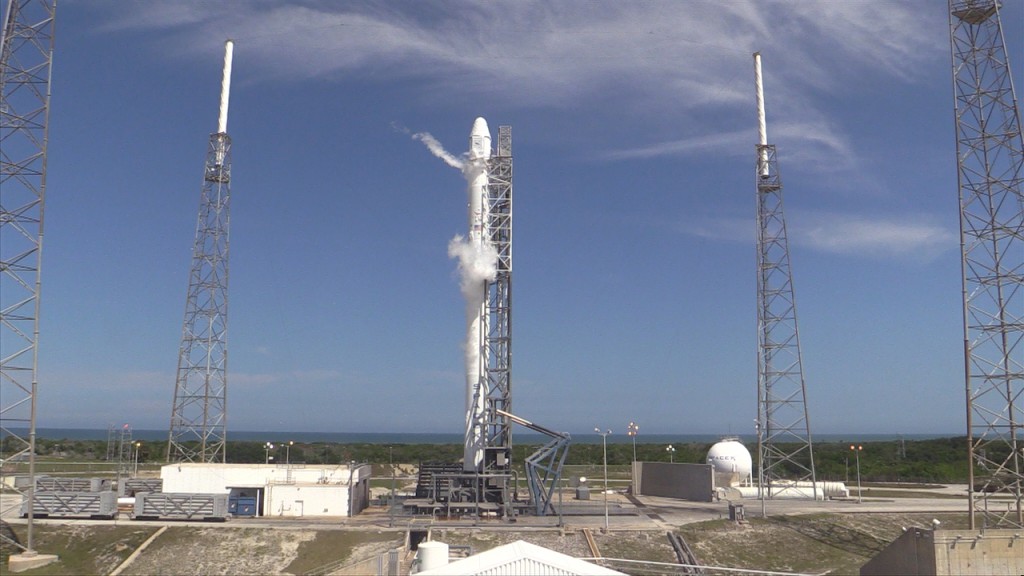
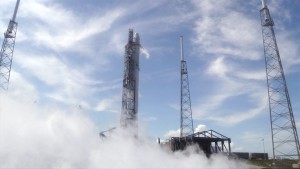 Named for the Millennium Falcon of Star Wars fame, the SpaceX Falcon 9 is the booster that sends the Dragon spacecraft , loaded with cargo and experiments, into orbit.
Named for the Millennium Falcon of Star Wars fame, the SpaceX Falcon 9 is the booster that sends the Dragon spacecraft , loaded with cargo and experiments, into orbit.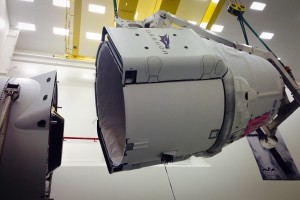
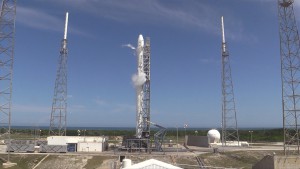 Air Force Weather Officer Mike McAleenan reports that conditions look better than yesterday and thick clouds are farther away from the launch site than at this point in the countdown on Monday. His team’s forecast remains 60 percent chance of “go” conditions for today’s attempt at 4:10 p.m. EDT.
Air Force Weather Officer Mike McAleenan reports that conditions look better than yesterday and thick clouds are farther away from the launch site than at this point in the countdown on Monday. His team’s forecast remains 60 percent chance of “go” conditions for today’s attempt at 4:10 p.m. EDT.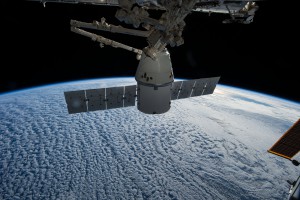
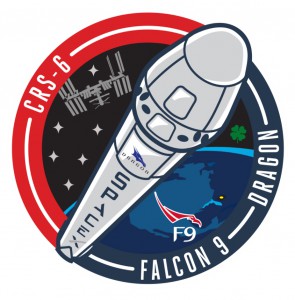 Good afternoon from Florida! The launch teams are prepping the SpaceX Falcon 9 rocket and Dragon spacecraft for launch today on the sixth commercial resupply mission to the International Space Station by the company. Liftoff is scheduled for 4:10 p.m. EDT and there are no technical issues in work at this time. The weather continues to draw a lot of attention today with forecasters calling for a 60 percent chance of acceptable conditions at launch time.
Good afternoon from Florida! The launch teams are prepping the SpaceX Falcon 9 rocket and Dragon spacecraft for launch today on the sixth commercial resupply mission to the International Space Station by the company. Liftoff is scheduled for 4:10 p.m. EDT and there are no technical issues in work at this time. The weather continues to draw a lot of attention today with forecasters calling for a 60 percent chance of acceptable conditions at launch time.